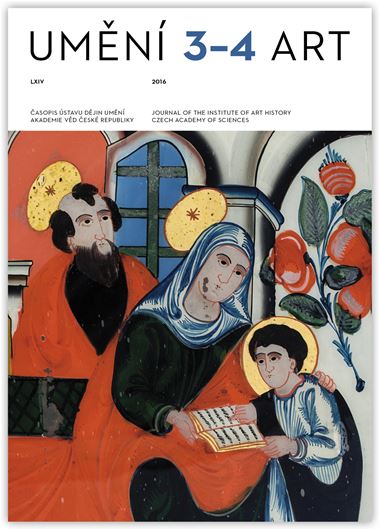Karel Thein
Musical Space in Ambrogio Lorenzetti’s Massa Marittima Maestà
Ambrogio Lorenzetti’s Massa Marittima Maestà, painted c.1335-1337, has been repeatedly hailed as a highly imaginative variation on the Maestà theme. This article’s primary focus is on the representation of the four music-making angels, starting with the instruments depicted and their implications for how music was meant to imply, but also transcend, time. Together with other pictorial elements, including the representation of theological virtues, the musical element enables the overall arrangement of the panel to suggest an ascending motion which complements, in an original way, the more usual iconography of Maestà. The arrangement of the whole into a pyramid-like structure seems to further emphasize the not entirely certain location of the Virgin herself. Previous descriptions of this painting suppose, most logically and naturally, that the Madonna is seated on her throne despite the fact that the latter is not, strictly speaking, a visible part of the representation. What the painting undoubtedly depicts are the three differently coloured steps occupied by the three theological virtues, and then a cushion upheld, without any further visible support, by two more angels. In this way, the angels’ activities imply a narrative complementarity of the Maestà scheme with hints at Madonna Assunta. To suggest such a complementarity should be uncontroversial as far as the image of the Virgin in glory builds upon her unique story, and derives its devotional function from the viewer’s knowledge of the latter. Since such an observation calls for further justification, the article also discusses the possible influence of Ambrogio’s panel on some subsequent Assumptions, and finally reconsiders the difficult question of the painter’s motivation for presenting us with an unusual iconographic synthesis.
Full-text in the Digital Library of the Czech Academy of Sciences:
https://kramerius.lib.cas.cz/uuid/uuid:47b82806-20ca-4685-abc1-05c581bff6a4
< back

